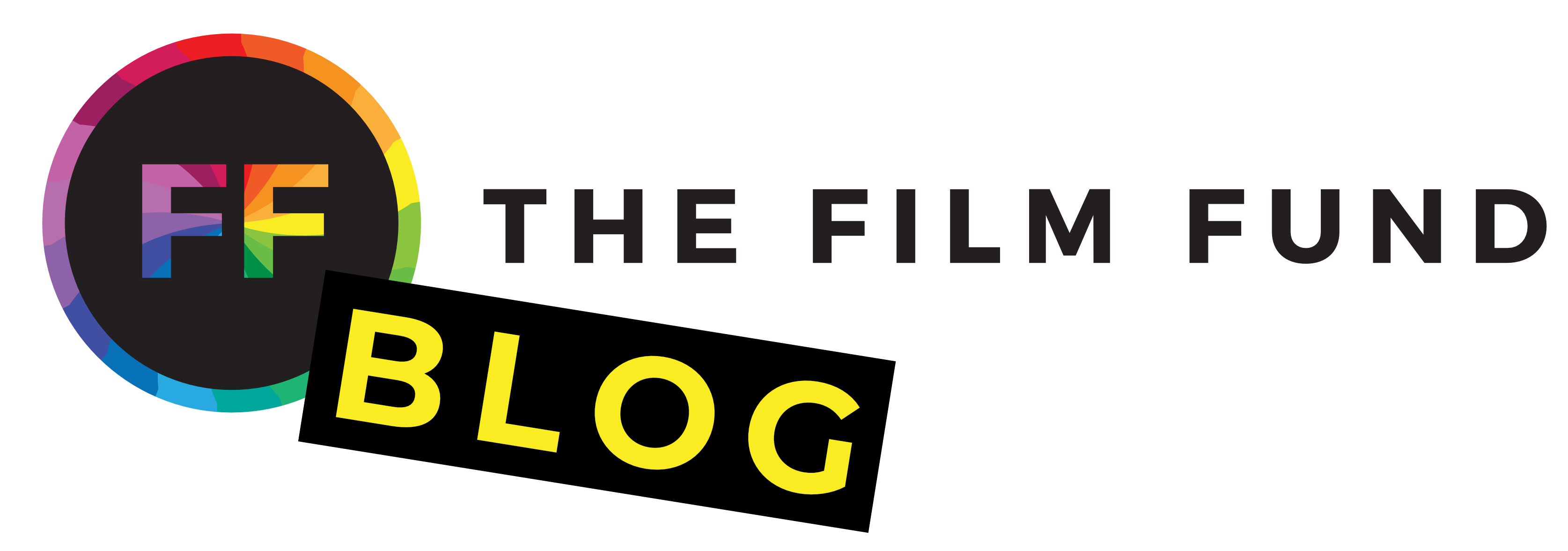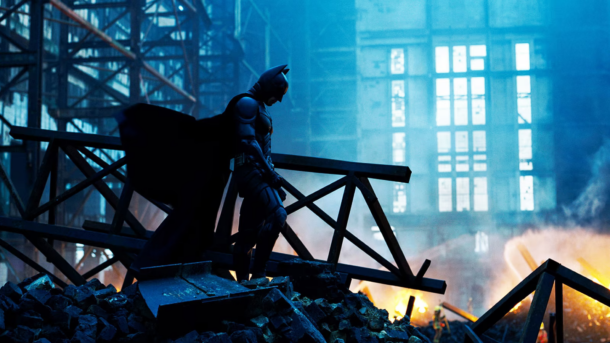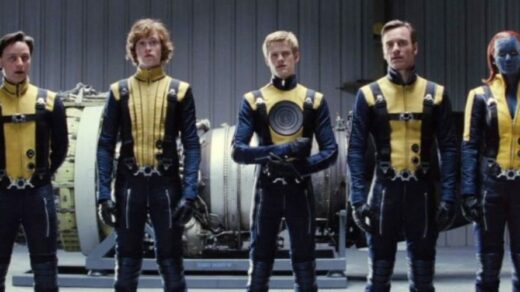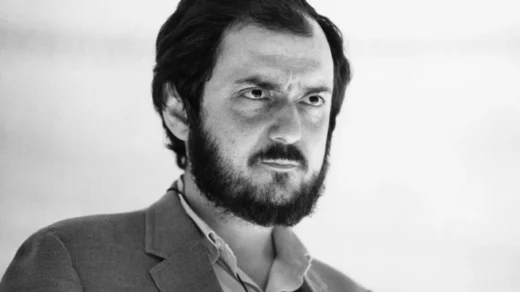Superhero films have transcended their comic book origins to become a dominant force in the realm of entertainment, attracting diverse audiences of all ages. Today, we’ll be examining the evolution of superhero movies, key moments and groundbreaking films throughout the decades, and gaining valuable insights into how the genre has grown, transformed, and shaped the landscape of contemporary filmmaking.
Throughout this retrospective, we will delve into the various stages of this evolution, starting with the 1978 classic “Superman.” From there, we’ll explore the pioneering era of the 1980s and 1990s, the renaissance of the early 2000s, the game-changing impact of the Marvel Cinematic Universe, the diversification of characters and narratives, and finally, the modern era of technological advancements and epic blockbusters. So, fasten your seatbelts and join us as we uncover the remarkable journey of the evolution of superhero movies.
The Pioneering Era: “Superman” and Beyond
The Man of Steel on the Silver Screen
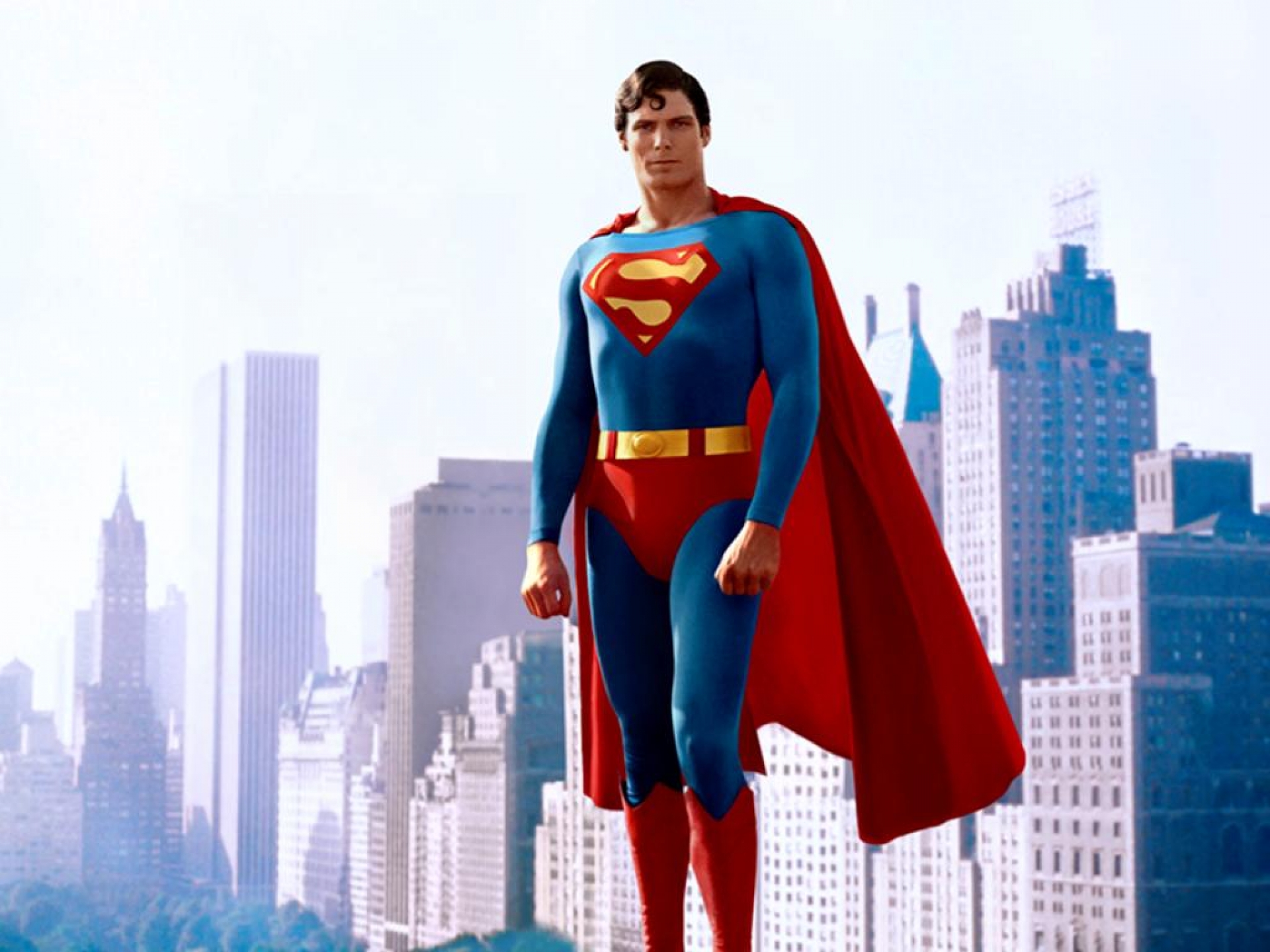
In the late 1970s, the superhero genre burst onto the silver screen with the iconic film “Superman” (1978), starring Christopher Reeve as the Man of Steel. This cinematic masterpiece not only marked the beginning of a new era for superhero movies but also set the stage for the evolution that was yet to come. Audiences were captivated by the awe-inspiring visuals, powerful storytelling, and the embodiment of hope that Superman represented.
Further Success
Following the success of “Superman,” the pioneering era of superhero movies continued to explore the genre’s potential. Films like Tim Burton’s “Batman” (1989) expanded the cinematic universes of these beloved characters, captivating audiences with their memorable performances and thrilling adventures. Although the visual effects and storytelling techniques of the time were limited compared to today’s standards, these films laid the foundation for what was to follow.
Uncertainty Mounts
As the 1990s rolled in, superhero movies faced both critical and commercial challenges. Films like “Batman & Robin” (1997) struggled to strike the right balance between campy fun and serious storytelling, leading to a period of uncertainty for the genre. These issues often arise when adapting other source material into movies, as we have covered before in our blog all about books as movies. However, the groundwork laid by earlier films paved the way for future advancements and a deeper understanding of what resonates with audiences. The seeds of evolution had been planted, setting the stage for the next chapter in the evolution of superhero movies.
The Renaissance: The Dawn of the New Millenium
A New Beginning with Marvel
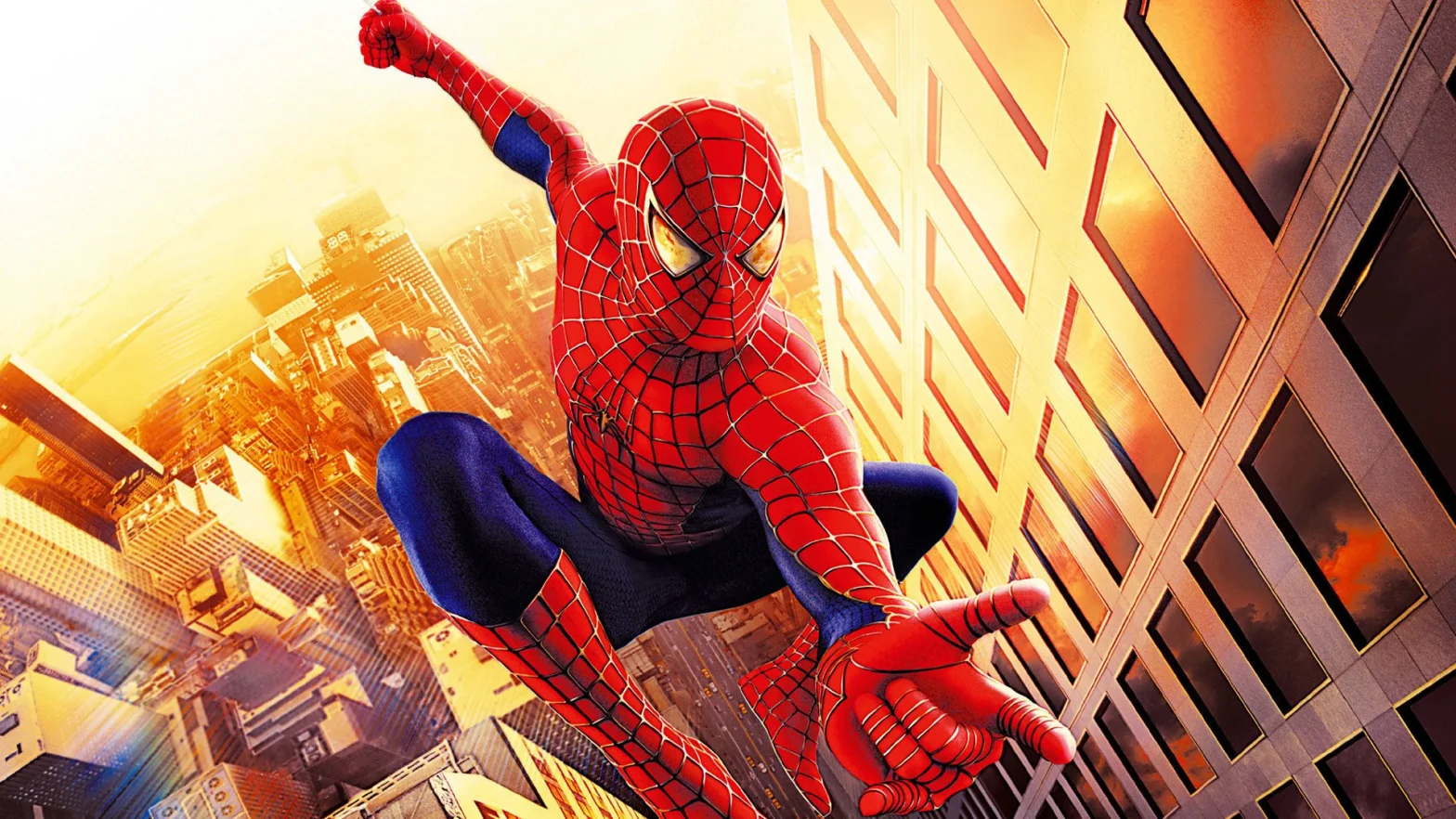
The turn of the new millennium brought about a renaissance for superhero movies, breathing new life into the genre and reigniting audience enthusiasm. Two films, in particular, played a pivotal role in this resurgence: “X-Men” (2000) and “Spider-Man” (2002). Directed by Bryan Singer and Sam Raimi, respectively, these films captured the essence of beloved comic book characters while embracing a more grounded and character-driven approach. They marked a turning point in the evolution of superhero movies, paving the way for a new era of storytelling.
DC’s Resurgence
With “X-Men” and “Spider-Man” proving that audiences were hungry for more mature and faithful adaptations of their favorite heroes, the floodgates opened for a wave of successful and critically acclaimed superhero films. Christopher Nolan’s “Batman Begins” (2005) and “The Dark Knight” (2008) elevated the genre to new heights, embracing a darker and more realistic tone while delving into complex themes and character psychology. These films demonstrated the artistic potential of superhero movies, breaking new ground and expanding the genre’s narrative possibilities.
An Upcoming Gold Rush
The success of these early 2000s superhero films laid the foundation for a cinematic landscape where superheroes were taken seriously as complex and multifaceted characters. Filmmakers started to recognize the untapped potential of comic book source material, leading to a surge of creativity and innovation in storytelling. The renaissance era set the stage for the evolution of superhero movies, creating a hunger for more dynamic, character-driven narratives that would shape the landscape of the genre in the years to come.
The Marvel Cinematic Universe: A Game-Changer
“I Am Iron Man.”
When it comes to the evolution of superhero movies, one cannot overlook the seismic impact of the Marvel Cinematic Universe (MCU). With the release of “Iron Man” in 2008, Marvel Studios introduced a bold and interconnected storytelling approach that would revolutionize the genre. The birth of the MCU marked a game-changing moment, propelling superhero movies into a new era of cinematic universe-building and immersive storytelling.
“Avengers Assemble!”

What set the Marvel Cinematic Universe apart was its meticulous planning and commitment to crafting a cohesive and interconnected narrative. Audiences found themselves immersed in a vast and intricate web of stories, where individual superhero films coalesced into epic ensemble adventures. The evolution of superhero movies took a giant leap forward as audiences eagerly anticipated each new installment, with films like “The Avengers” (2012) and “Captain America: Civil War” (2016) becoming global phenomena.
Other Studio’s Cash In
The success of the Marvel Cinematic Universe not only revolutionized superhero storytelling but also inspired other studios and filmmakers to pursue ambitious shared universes of their own. For example, DC tried to ride the coattails of Marvel by releasing “Justice League” in 2017 along with other DC movies down the line. The MCU’s impact on the evolution of superhero movies cannot be overstated, as it changed the landscape of the genre and left an indelible mark on not just the film industry, but popular culture as a whole.
Diversification and Expansion
Hollywood’s Realization
As the evolution of superhero movies continued and the MCU reigned, the genre underwent a significant transformation with a focus on diversification and expanding its horizons. Filmmakers recognized the importance of representation and began incorporating a wider range of characters and narratives into the superhero landscape. This shift allowed audiences to connect with heroes who were more reflective of the diverse world we live in, fostering inclusivity and broadening the appeal of superhero movies.
Girl Power On the Big Screen
One groundbreaking film that brought diversity to the forefront was “Wonder Woman” (2017). Directed by Patty Jenkins, this film became a symbol of empowerment, breaking barriers as the first female-led superhero movie of the modern era. It proved that there was a demand for compelling female protagonists and highlighted the importance of representation both on and off the screen. “Wonder Woman” set the stage for more female-led superhero films, like 2019’s “Captain Marvel”, opening the door for stories that resonate with underrepresented audiences.
Black Panther’s Impact

Another notable film that exemplified this diversification was “Black Panther” (2018). This was the first movie in the Marvel Cinematic Universe to feature a Black superhero as the lead and a largely Black cast of supporting actors. The movie’s critical and commercial success demonstrated that audiences were both still hungry for more superhero action and, much like with “Wonder Woman” (2017), were excited to see multiracial representation in the Marvel Cinematic Universe.
The Modern Era: Technological Advancement and Blockbuster Spectacles
The Rise of CGI
In the modern era of superhero movies, technological advancements have played a pivotal role in elevating the genre to new heights. With the rapid evolution of CGI (Computer Generated Imagery) and visual effects, filmmakers have been able to bring larger-than-life superheroes and their incredible abilities to the screen with unprecedented realism. This technological prowess has transformed superhero movies into awe-inspiring spectacles that captivate audiences worldwide.
The End of the Avengers

One film that exemplifies the impact of technological advancements is “Avengers: Endgame” (2019). This monumental culmination of the Marvel Cinematic Universe showcased the power of cutting-edge visual effects, seamlessly blending live-action performances with mind-bending CGI. The film’s breathtaking action sequences, epic battles, and stunning cosmic landscapes demonstrated the capabilities of modern filmmaking technology. Audiences were transported into a world where anything seemed possible, solidifying the film’s status as a blockbuster phenomenon and making for a bombastic finale to the Avengers movies.
Turning Fantasy into Reality
Moreover, advancements in visual effects have allowed filmmakers to turn previously hokey attempts at special effects into surreal, immersive experiences. From web-swinging through New York City with Spider-Man to the awe-inspiring power of Thor summoning lightning, these technological advancements have made it possible to faithfully recreate iconic superhero imagery. The modern era of superhero movies has become a playground for pushing the boundaries of visual storytelling, immersing audiences in unforgettable cinematic experiences.
Conclusion
The evolution of superhero movies has been a captivating journey, spanning several decades and witnessing remarkable changes in storytelling, technology, and audience reception. With each milestone and groundbreaking film, the genre has resonated with audiences on a deeper level, inviting them into extraordinary worlds of heroism, hope, and escapism.
As we reflect on the evolution of superhero movies, it becomes evident that they have become a significant part of contemporary filmmaking. They have proven their enduring appeal, drawing in audiences of all ages and backgrounds. With future projects on the horizon and new storytelling innovations yet to be explored, the evolution of superhero movies shows no signs of slowing down, promising even more exciting chapters to come.
And if you’re an independent filmmaker wondering how to get the funding you need for your short film, check out our film funding contest. By submitting your one-sentence pitch, you have a chance at winning up to $10,000 in funding for your short film. Whether you’re developing a narrative or a documentary, we can help bring your vision to life!
